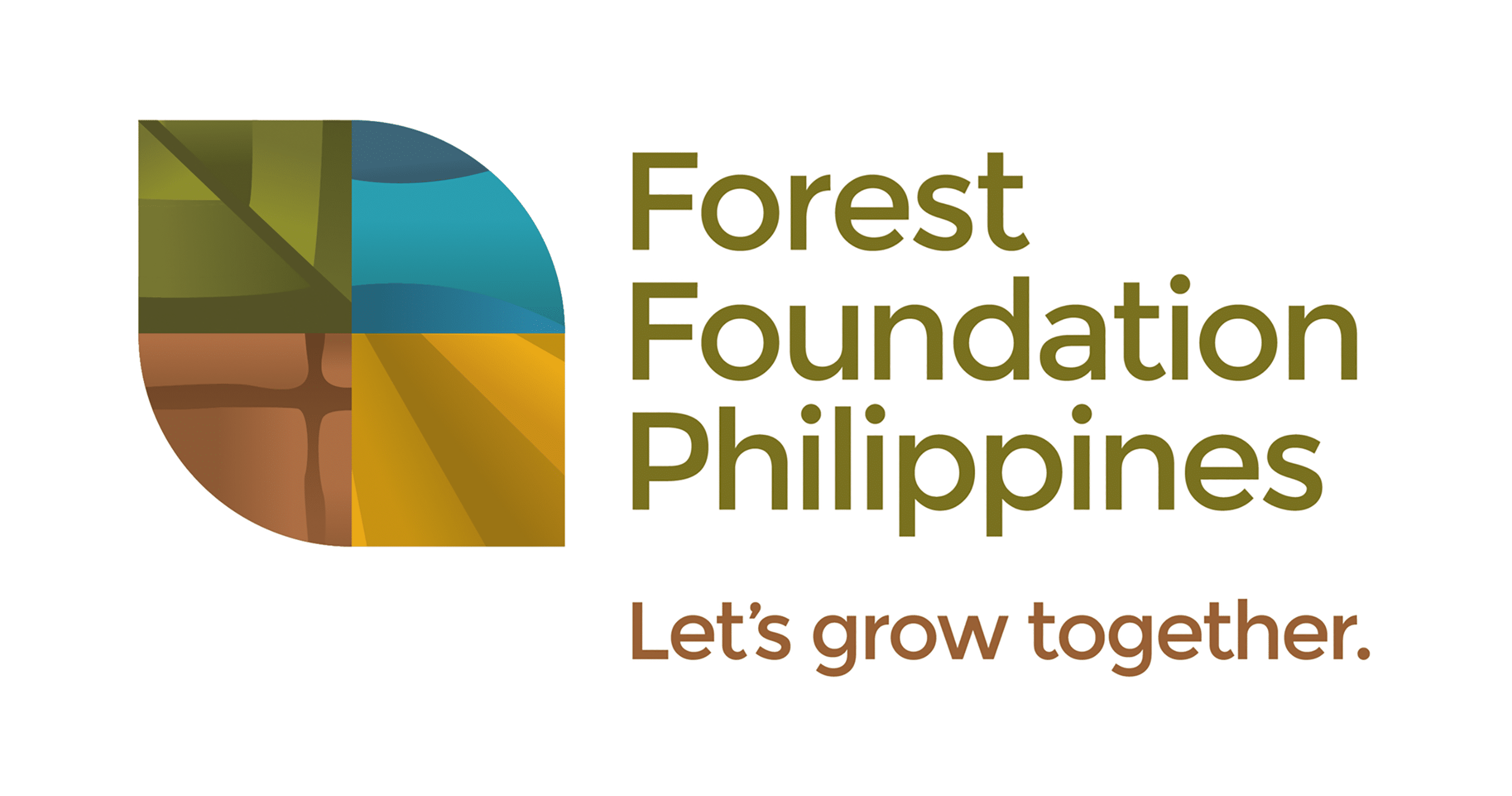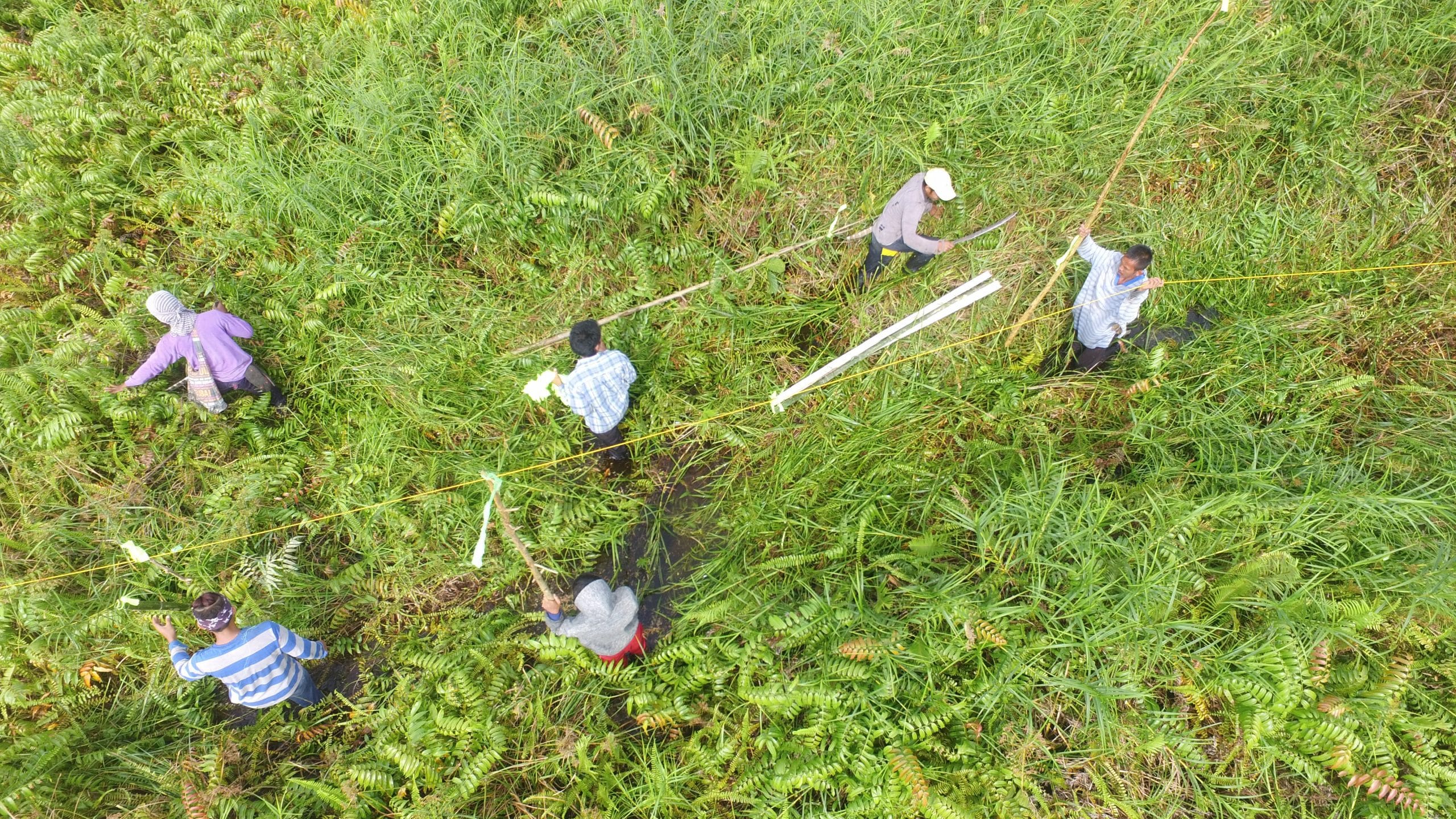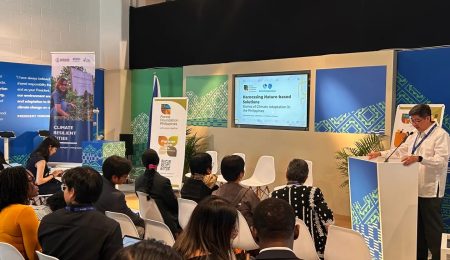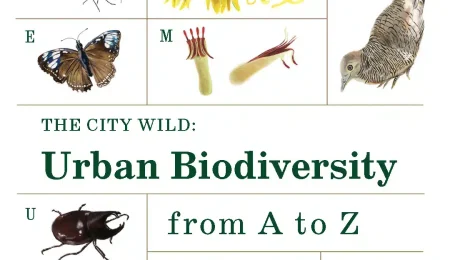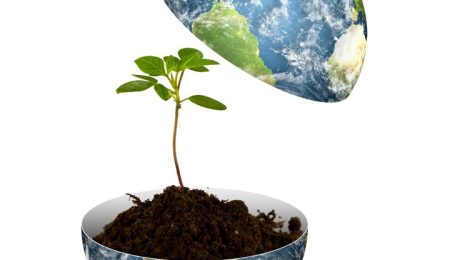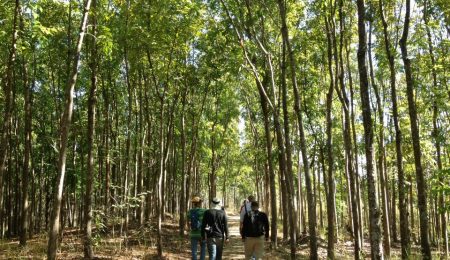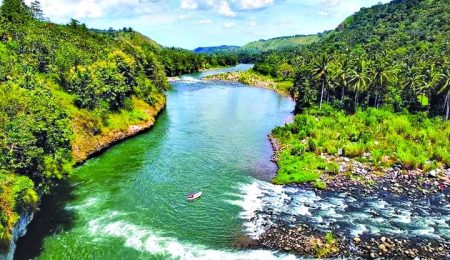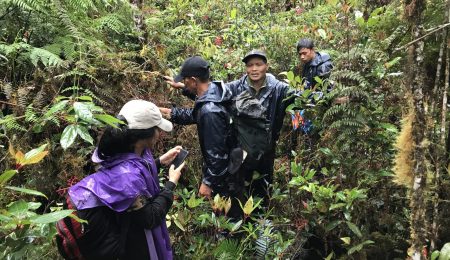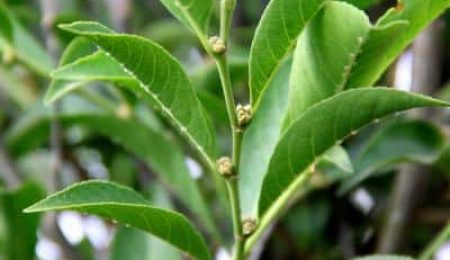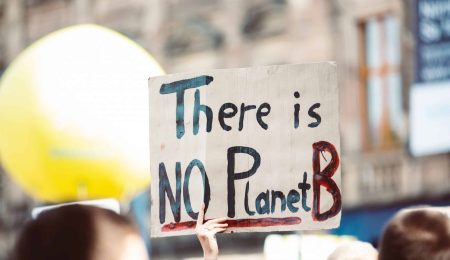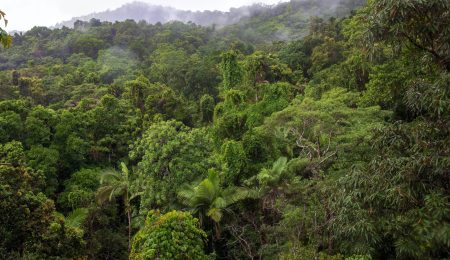Key Messages
- The land-use conversion in Leyte Sab-a Basin Peatland has found to reduce its ability to store carbon.
- Peatlands are highly effective carbon stocks. They cover only 3% of the land but contain more carbon than the entire forest biomass of the world.
- In the Philippines, threats to peatlands include drainage and conversion of the area for agriculture purposes.
- Strategies to conserve tropical peatlands are crucial in climate crisis mitigation and adaptation.
A recent study on the impact of the land-use conversion in the Leyte Sab-a Basin Peatland (LSBP) revealed that when peatlands are turned into grasslands or agriculture, their ability to act as carbon sinks is reduced. Such conversions also change the peatland on a physical and chemical level, reducing its ability to perform other functions.
Peatland property changes
Land-use conversion changes the characteristics and properties of the LSBP. The study found that moisture and the water table decreased from forest to cultivated areas. This ability of the peatland to hold water is essential in flood mitigation. It acts as a sponge during the rainy season and then letting the water seep out during the dry season. This ability of peatlands to be water repositories become even more critical as the Philippines experience more and stronger typhoons.
Other noted changes in LSBP are peat degradation and decomposition which increased along with the land-use conversion and were highest in cultivated peatlands. Peat decomposition signifies that the carbon is being released into the atmosphere. This then contributes to our climate problem. Peatlands store up to 30 percent of the world’s carbon. If degraded, it becomes a significant source of greenhouse gas, releasing almost 5% of global carbon emissions caused by human activities.
Above and belowground carbon storage
The study, funded by Forest Foundation Philippines, also found that grasslands store the highest carbon for aboveground carbon stock. However, this could only be due to the compacted peat, or partially decayed organic matter made denser by heavy machinery.
Such is the same with belowground carbon, higher in the more pristine peatland forest than the grassland and cultivated area. Carbon loss in disturbed areas can also be related to forest removal in the LSBP.
Land conversion in the Leyte Sab-a Basin Peatland
The Leyte Sab-a Basin Peatland used to be a swamp forest and the most significant water catchment basin in Leyte. However, starting in the 1970s, development projects that converted the land to become Leyte’s food basket riddled the peatland, resulting in the degradation of more than half of the 3,088 hectares it covers.
Although the past development projects failed due to poor yield leaving extensive grasslands, the peatland is still continuously being disturbed for agriculture. Only over a thousand hectares remain unutilized and contain small remnants of the peat swamp forest.
Peatlands are wetlands whose waterlogged conditions prevent plant materials from fully decomposing. They are sometimes called “wastelands” because they are swampy, muddy, and water-logged. However, these same characteristics make them precious and worthy of conservation. One of Earth’s most effective carbon storage is also one of the most threatened due to deforestation and drainage.
Ensuring the conservation of Philippine peatlands
The Philippines is a signatory to the Ramsar Convention. This global treaty seeks to protect wetlands (including peatlands) by providing a framework for national action and cooperation.
With the result of the study on LSBP, there should be an impetus to develop and implement effective conservation and management plans to keep the function of the LSBP as a significant carbon sink, preserve its ecological functions and help communities adapt to climate change.
The FAO also recommends securing undrained peatlands to prevent emissions, re-wetting drained peatlands to reduce emissions, and adaptive management of peatlands as the main strategies for reducing emissions from peatlands.
Apart from developing effective management plans, strengthening the institutional capacities, and awareness, engaging local communities in sustainable and biodiversity-friendly practices is also crucial to peatland’s conservation strategy.
Learn more about how the Forest Foundation supports the conservation of Leyte Sab-a peatland in one of our Understory webinar sessions.
